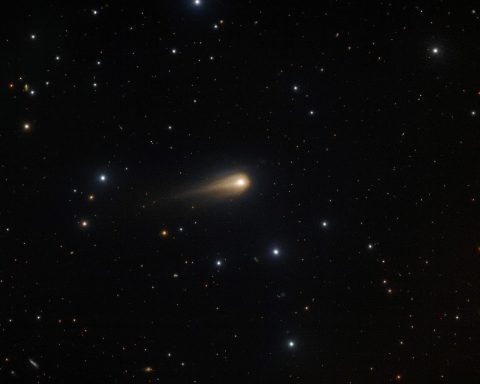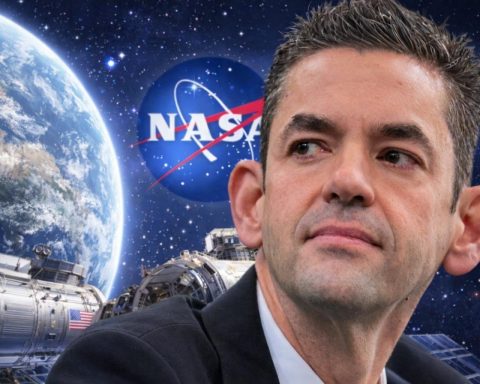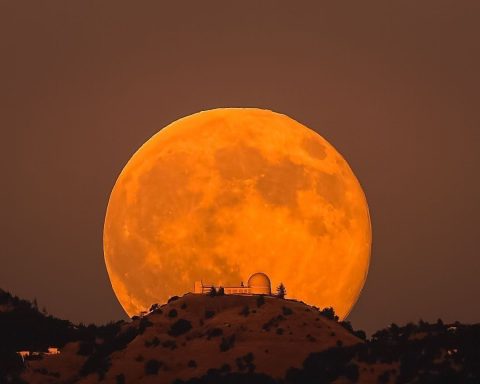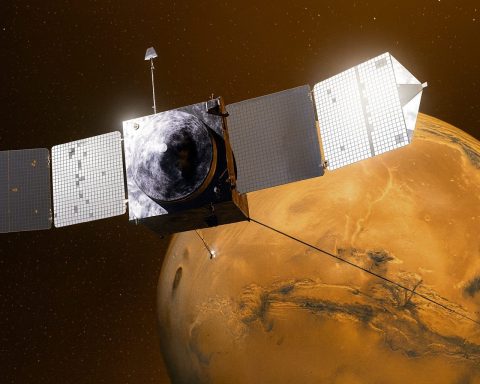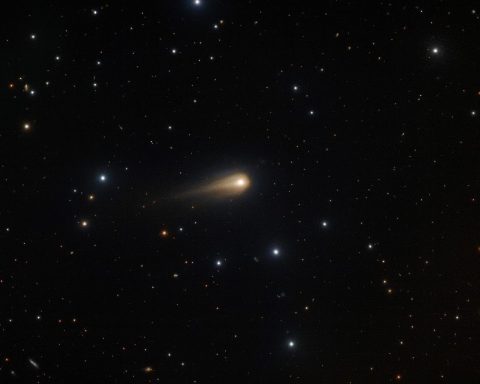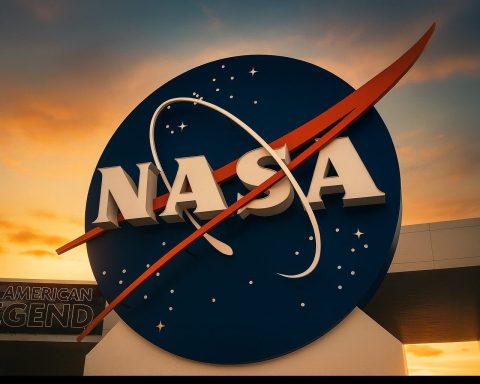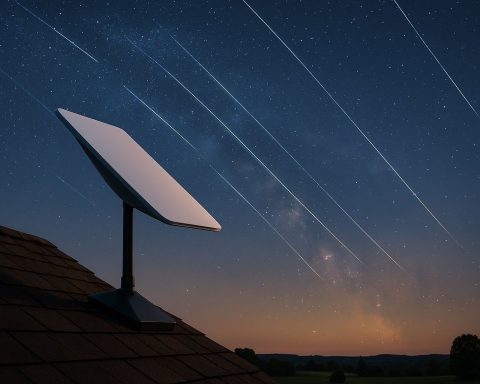
Intuitive Machines Stock (LUNR) Surges Toward $15: KeyBanc’s $20 Target, NASA Contract Catalysts, and What Comes Next
December 20, 2025 — Intuitive Machines, Inc. (NASDAQ: LUNR) is back in the spotlight after a dramatic late-week move that has traders debating whether this is the start of a new leg higher—or a classic momentum spike in one of
